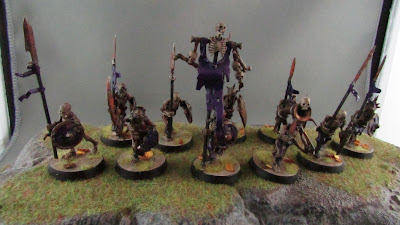T34
I picked up a copy of the “Tanks!” game by Gale Force 9 and Battlefront Miniatures last week. I really enjoy painting Flames of War tanks and I have a good collection of them. “Tanks!” seemed like a really good idea.
The game is very simple and quick. It plays a lot like X-wing or Star Trek Attack Wing. The stat line, upgrades, critical damage and turn flow is virtually the same. The main difference is the movement, which is simplified.
I ran through an intro game with a few friends. We used the suggested encounter battle in the rulebook; 2 American 75mm Shermans vs 1 German Panther commanded by Barkmann. The guys (who were not miniature gamers) picked up the rules very quickly and after a turn or two did not need me to run very much.
The game started off very well for the Germans (Panthers are tough as nails!). All though some “hot” and “cold” dice did come into play (The Americans did not role over a 4 on 15 dice). The Germans won in the end, but it was a lot closer than expected.
I found the game had a lot of very dramatic points. In “Tanks” if you tank is reduced to 0 hull points, you still get to complete the round before you are destroyed (which includes taking one last shot if you had not already done so that round). As one of the Shermans lost its last hull point, it took one final shot at the Panther. The shot penetrated the German armour with a critical hit, taking off half of its hull points.
I can’t wait to play again! In the mean time I figured I would work on some new tanks for the game. I had some Soviet T34’s lying around, so there was my next project.
The T34 was the most produced tank in WW2; 84 000 were built. It is arguably one of the most influential tanks ever created. It was also became the base model that many future tanks were built on.
The Soviet medium tank was very effective in the early 40s. It had good slopping armour, a 76.2mm cannon, a reliable diesel engine, and wide tracks. The combinations of an engine that ran in cold weather and wide tracks made the T34 able to move very well over the “rasputitsa” (sea of mud). The Germans by comparison had a very difficult time moving their tanks during the soviet “wet months”. By 1944 many T34s had several upgrades including a larger turret and a more powerful cannon to deal with new German Armour. These became known as the T43/85 (for the 85mm cannon it now had).
The soviets were able to mass produce the T34 which allowed them to field large numbers to overwhelm their opponents. The T34 was such a successful tank that it was still in use in many countries up until the end of the 1980s.




















































